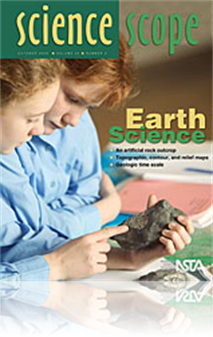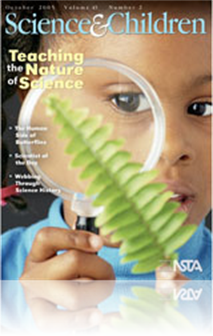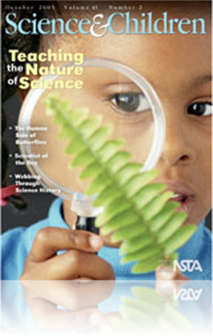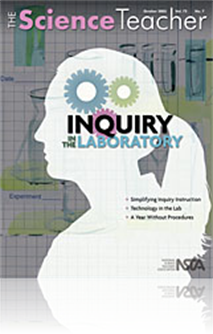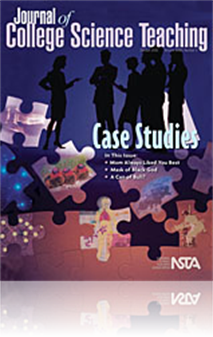All Resources
Journal Article
Identification of Minerals... There Has to Be a Better Way
"You Be the Geologist" is an adaptation of the traditional, teacher-centered method of mineral identification. This activity requires students to mimic the work of a geologist attempting to identify unknown mineral samples. To do this, students work ...
Journal Article
This engaging activity helps students construct their own understanding of Earth's history and understand the geologic time scale. While working through the activity, students learn science concepts related to geologic time and the value of cooperati...
Journal Article
There is one important aspect of science that sometimes proves a bit more difficult to teach than other areas: introducing students to the the idea of nature of science. Nature of science speaks to how scientific knowledge is developed--from observa...
Journal Article
The Moon in Children's Literature
The Moon's cycle of phases is one of the most familiar natural phenomena, yet also one of the most misunderstood. Research has found that a significant segment of the population, including students and teachers, mistakenly believes that the Moon's p...
Journal Article
Enhancing Science Teaching by Doing MORE
Students need guidance regarding how to think through the inquiry process but such scaffolding is often missing from secondary school laboratory programs. The Model-Observe-Reflect-Explain (MORE) Thinking Frame is an instructional tool that provides ...
Journal Article
Mom Always Liked You Best: Examining the Hypothesis of Parental Favoritism
In this interrupted case study, based on a journal article on the parenting behavior of American coots, students are given information and data from which they must develop hypotheses and design experiments, mimicking the way that scientists conduct ...
Journal Article
Science Sampler: Jumping to the right conclusions, inferences, and predictions
Writing meaningful conclusions, drawing accurate inferences, and making relevant predictions are essential skills that many adolescents lack. The differences among conclusions, inferences, and predictions, although subtle, must be recognized to accur...



